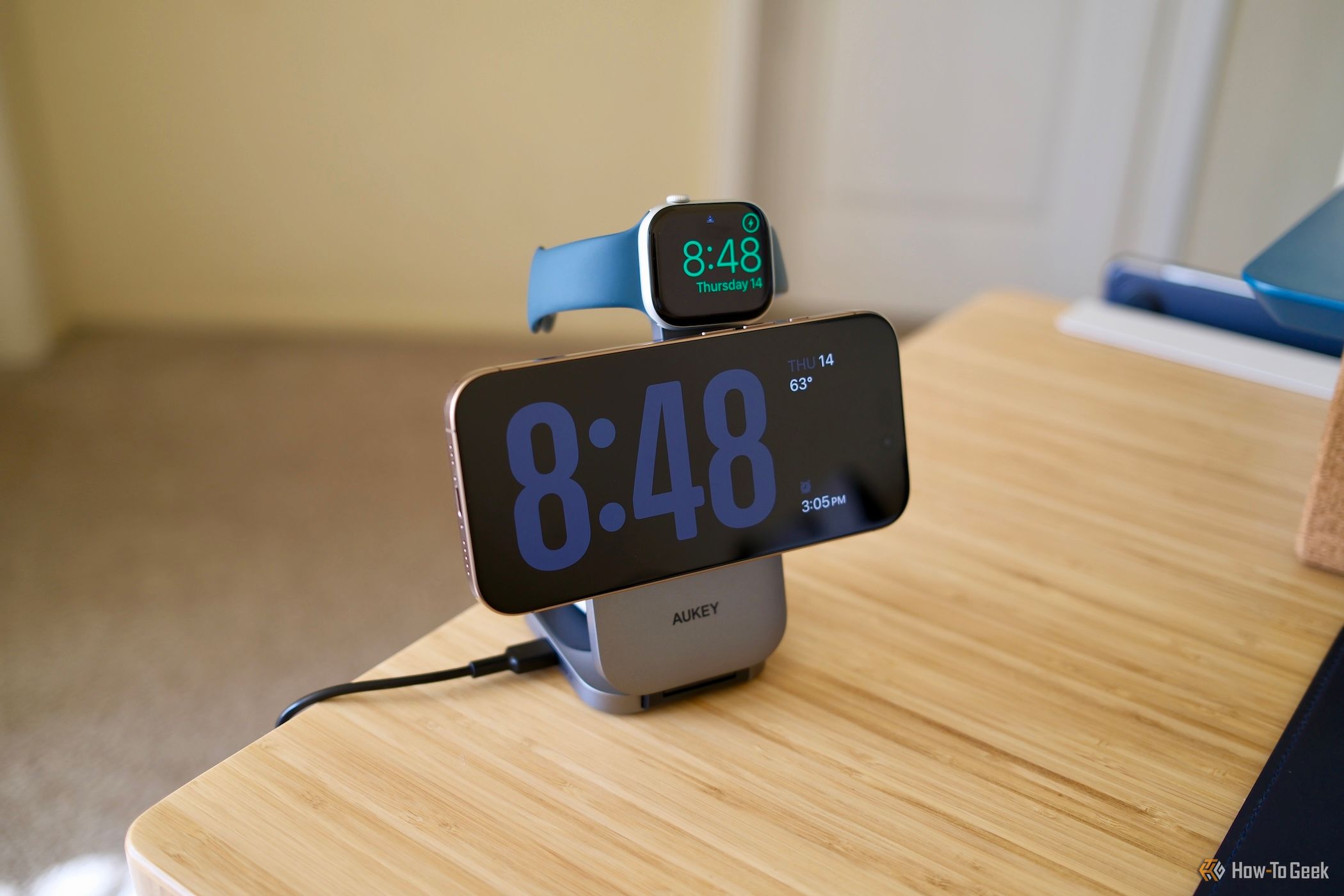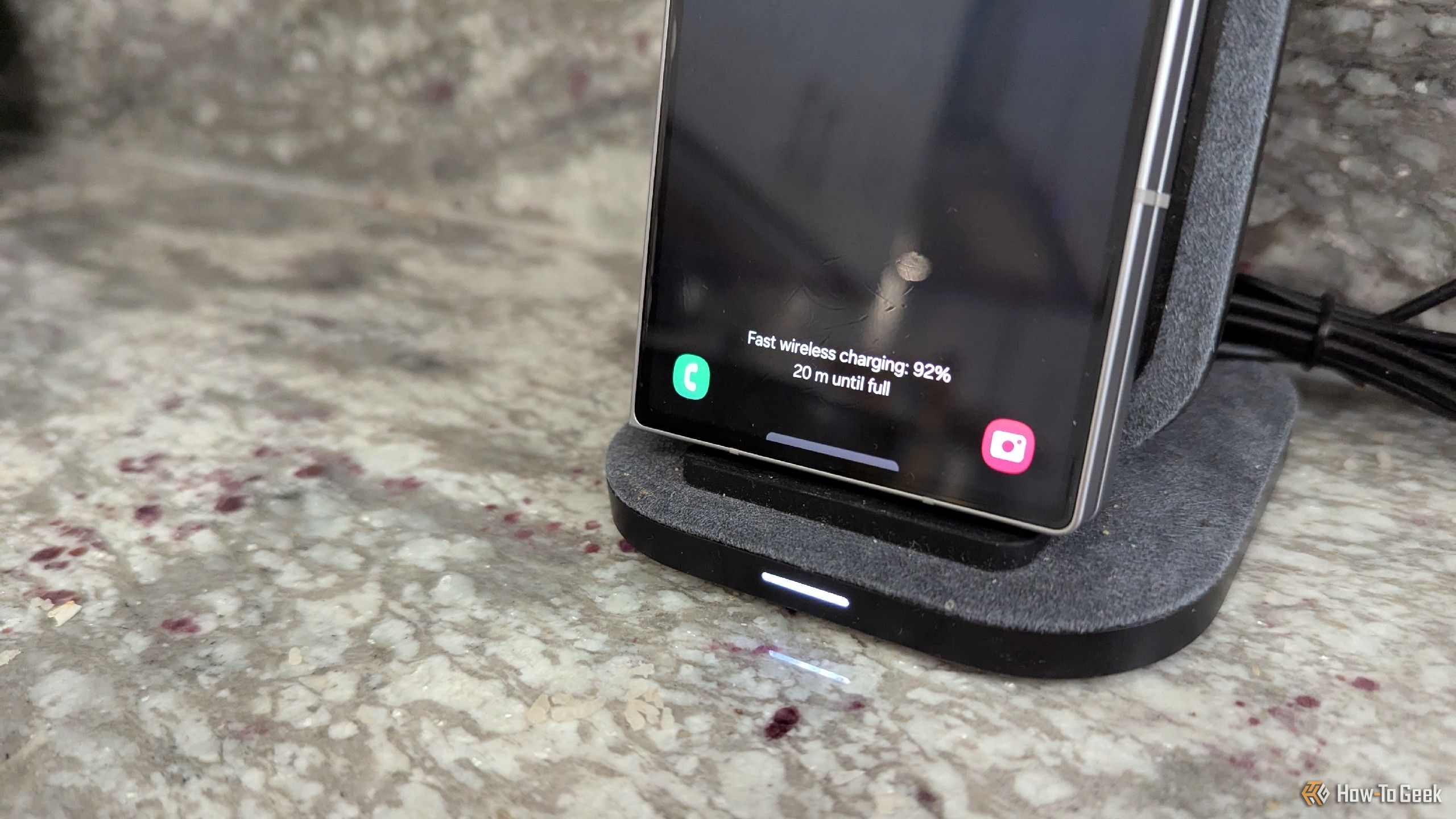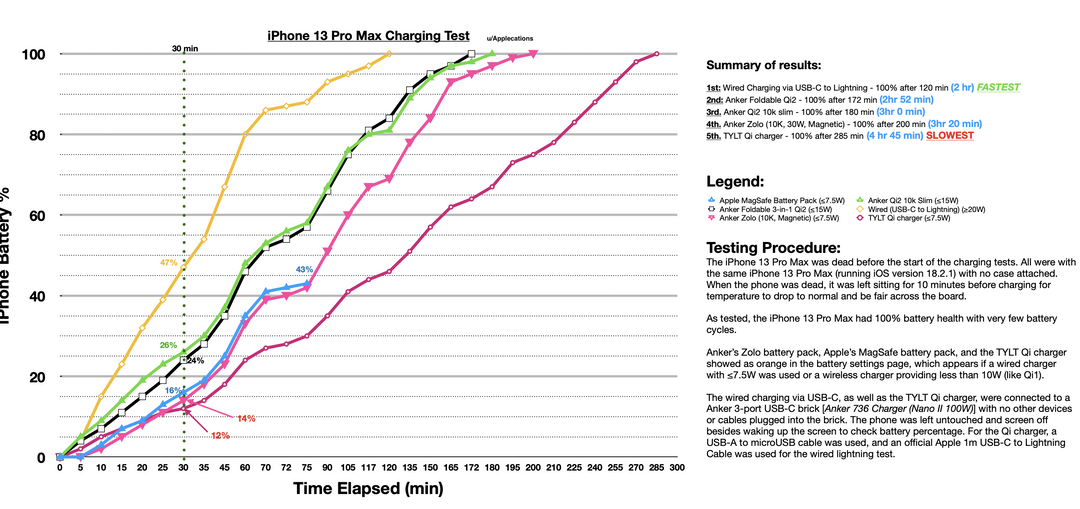The version of wireless charging we know and love today first appeared on phones in 2012. That’s plenty of time to evolve, but is it all smooth sailing, or are there still hidden snags beneath the surface? Let’s dive into the magic of wireless charging and see if it’s the right choice for you.
What we refer to as “wireless charging” is also known as “inductive charging,” and it’s been around since at least the 1970s. Back in 2009, Palm launched the Pre with an optional magnetic inductive charging dock. But it wasn’t until 2012 that the Qi standard, found in practically all modern smartphones today, first appeared. The Nokia Lumia 920 and Samsung Galaxy S3 were the first to use it.
The pure concept of wireless charging–simply placing your phone on a pad and charging it without cables–sounds amazing, but it’s not that simple.
The Pros
One of the most appealing aspects of wireless charging is the convenience it offers. There’s not much easier than simply placing your phone on a pad without having to touch a cable or find a port. This can be particularly useful if you have mobility issues or frequently charge your phone throughout the day. Just drop it and go.
Beyond convenience, wireless charging can also lead to a tidier setup. With fewer cables cluttering your desk or nightstand, you can have a cleaner and more organized space. Some charging pads even offer multi-device charging, allowing you to power up your phone, watch, and earbuds simultaneously with a single pad. This can significantly reduce the number of cables you need to manage.
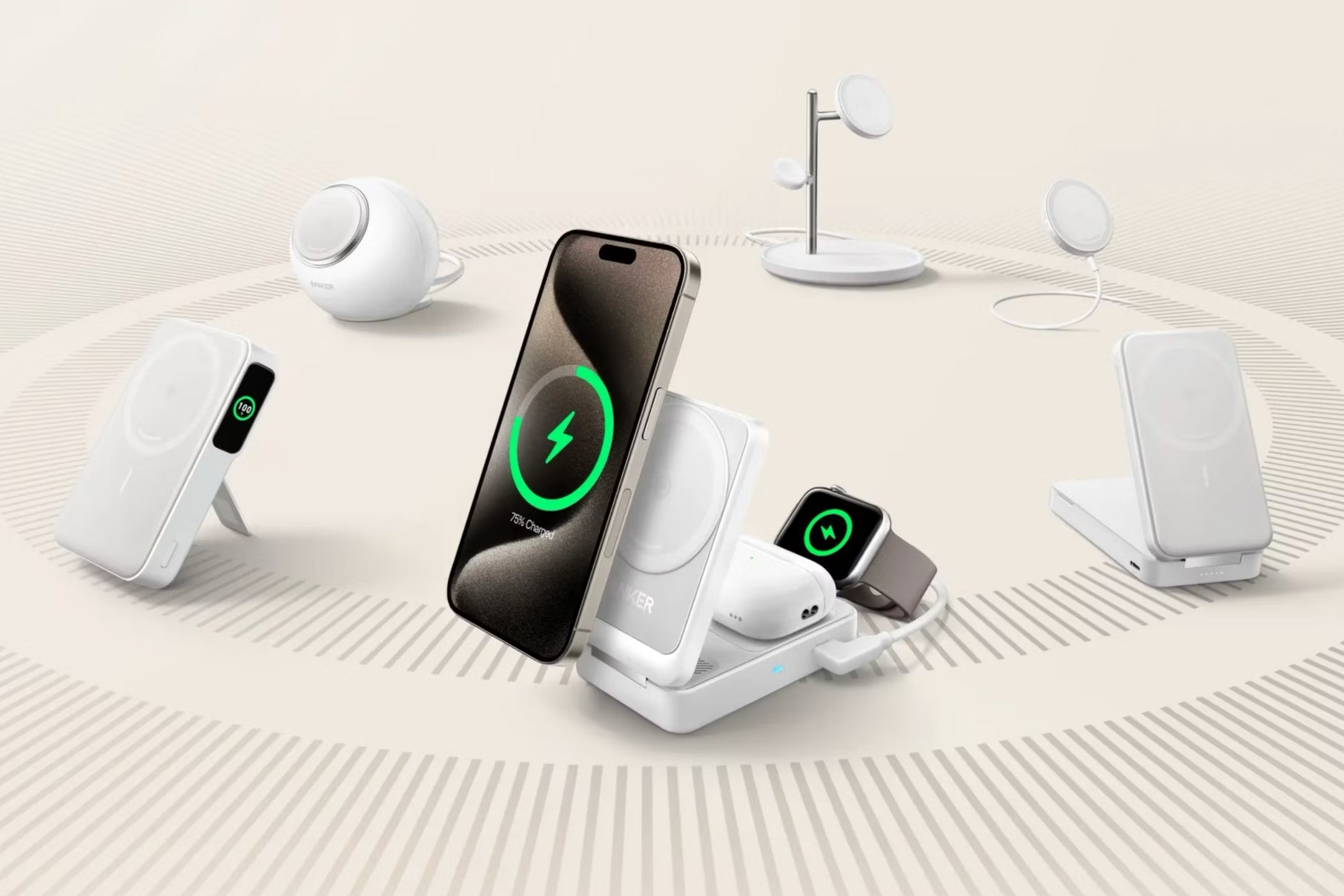
Related
Buying a Wireless Charger? Keep an Eye Out for These Features
In an era where cutting the cord is a top priority for many people, wireless phone chargers are a hot commodity. That’s why the market is flooded with them. But not every wireless charger is created equal, so here are some purchase pointers to help you navigate the market.
Wireless charging can also protect your device’s charging port. Constantly plugging and unplugging cables can put wear and tear on the port, leading to connectivity issues down the road. This happened with my Pixel 3, and it was very frustrating. By using wireless charging, you minimize the physical stress on your device’s port, so it’s always ready in those times when you need it.
The Cons
Wireless charging isn’t without its drawbacks. One of the most common complaints is the slower charging speeds compared to wired charging. While wireless charging technology has gotten better over the years, especially now with Qi2, it still almost always takes longer to fully charge your device wirelessly than it would with a cable.
For some cold, hard data, a Reddit user conducted a test with the iPhone 13 Pro Max, which supports Qi2 charging. The phone went from 0% to fully charged in 120 minutes with a good ‘ol cable. The Qi2 wireless chargers took an extra hour longer, and the Qi1 charger took nearly two hours longer. If you’re in a hurry and need a quick power boost, that extra time matters.
Another potential downside is the inefficiency of wireless charging. Some energy is inevitably lost during the wireless power transfer, resulting in less efficient charging compared to a direct wired connection. Not only does this mean you’re using more power to get a slower charge, but it can make your device hot, too. Over time, that’s not great for the battery health.
Wireless charging isn’t always more convenient, either. Unlike wired charging, where you can comfortably move around and use your phone while it’s charging, wireless charging typically requires your device to be placed flat on the pad. Magnetic MagSafe-like wireless charging solves this–if your device supports it.
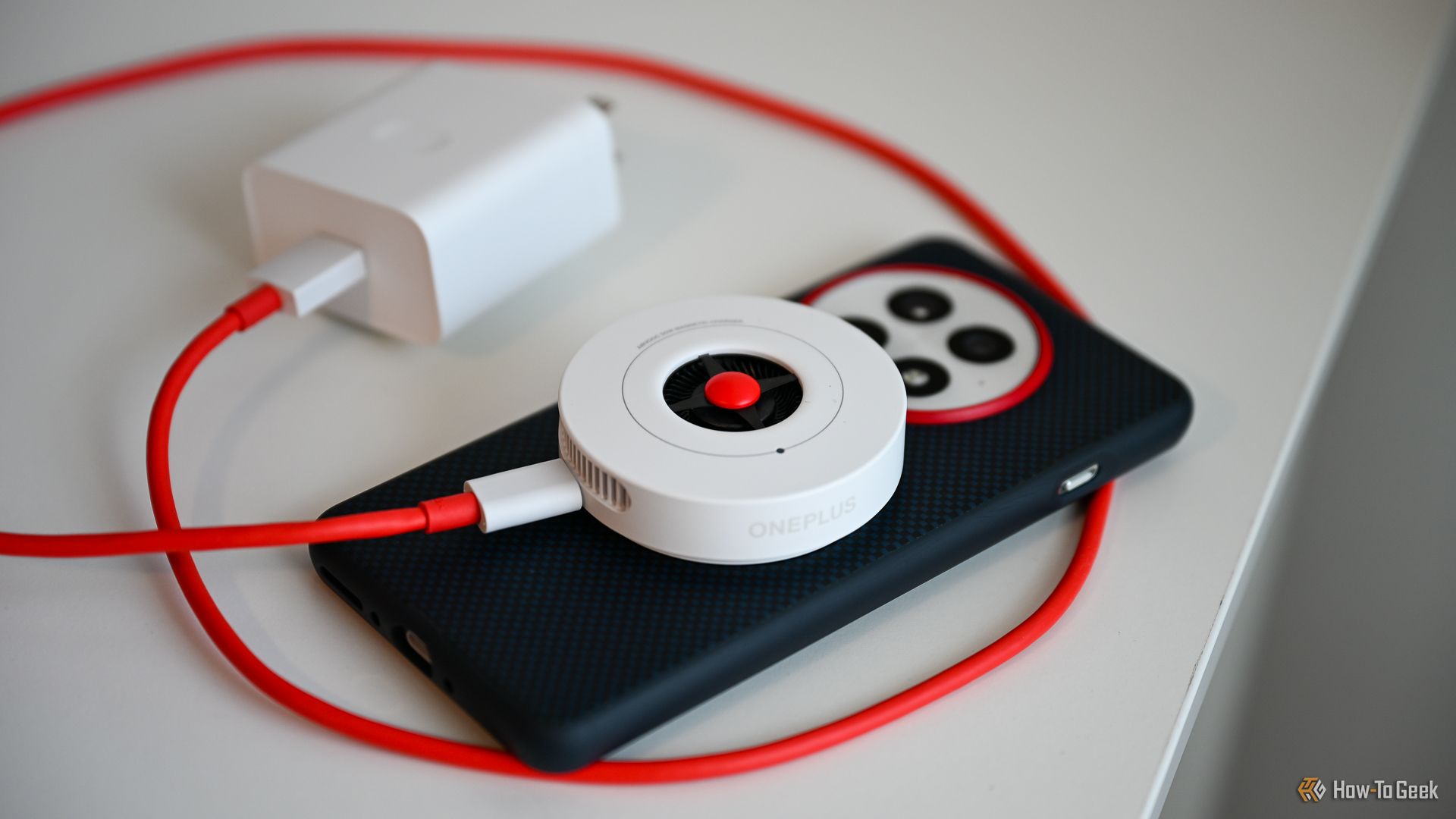
Related
Why I’ll (Probably) Never Buy a Wireless Charger
I’m all in for tech companies working toward a wireless future. I love my wireless earbuds, mouse, and keyboard, but when it comes to wireless charging, I remain skeptical. Allow me to explain.
And that’s another problem: not all devices support wireless charging. While many modern smartphones and some earbuds come equipped with the feature, older devices and some budget-friendly options still don’t. This means you might still need to rely on traditional cables for some of your gadgets.
Finally, the barrier to entry for wireless charging can be higher. Phones nowadays rarely even come with USB wall adapters, let alone charging pads. You’ll need to purchase a wireless charging pad in addition to your device. Some charging pads also have specific wattage requirements to get the best charging speeds, which might mean purchasing a compatible power adapter, too.
So, is wireless charging still the future of powering our devices? It certainly offers a level of convenience and tidiness that traditional cables can’t match. The reduced wear and tear on charging ports is also a notable advantage. However, the slower charging speeds, inefficiency, and the need for direct contact are real downsides to consider.
Ultimately, the decision of whether or not to embrace wireless charging depends on your priorities. If convenience and a clutter-free environment are your goals, and you’re not always in a rush to charge your devices, then wireless charging will be great. But if speed and efficiency are your top concerns, sticking with a reliable cable might still be the better option.


